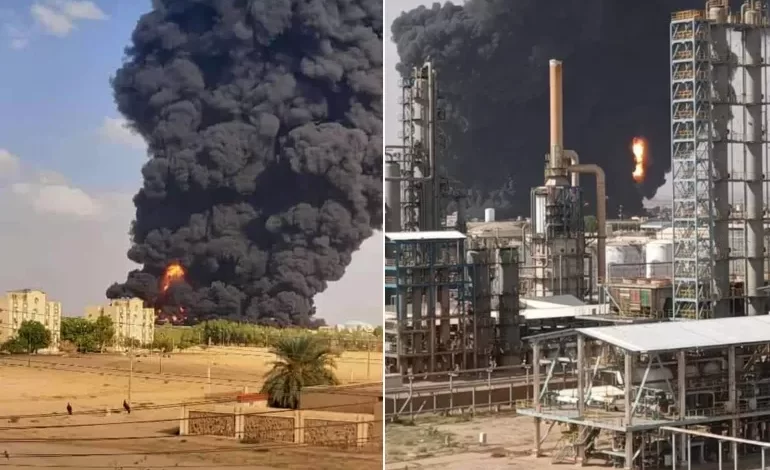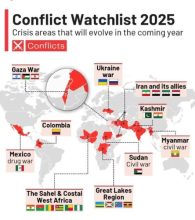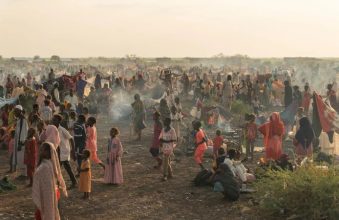The Sudan War and Its Environmental Impacts (Part I)

Dr. Hassan Hamida
KIEL, GERMANY: Based on monitoring the environmental losses resulting from the ongoing war in Sudan since mid-April 2023, it is estimated that they could exceed $10 billion, in addition to the environmental cost and its resulting impact on living organisms, including plants, animals, and humans. This impact is reflected in the war’s geographical spread, covering more than 70 percent of the country, with repercussions across multiple regions of the country, including severe environmental pressures across the country.
The impact of war on humans is an integral part of the environment and nature. This is because war primarily squanders human resources, which include the ability to work, produce, and develop, progress, and sustainably develop in a world blessed with stability, security, and peace. This loss of human resources sets the country back years.
The most prominent environmental impacts of the war in Sudan are threefold. The first is biological, represented by the distribution of corpses of the dead from both warring parties, as well as innocent civilians who have become victims of the war’s flames.
The second is chemical, represented by the types of weapons used and their remnants, including harmful emissions after use or explosions following fires in homes and buildings.
The third is physical, represented by solid objects and remnants of weapons, explosives, and mines buried under the rubble and debris resulting from explosions and mass destruction.
This ranges from household utensils and household items, to the spread of building materials such as iron, glass, wood, and other sharp or corrosive metals. The danger of the first type lies in the presence of corpses and body parts scattered throughout the streets, alleys, and alleys, making them vulnerable to being eaten by stray dogs, cats, and rodents.
This poses an imminent danger, especially when considering transcontinental epidemics such as the coronavirus pandemic or fatal inflammatory diseases related to humans and animals (sonosis). Examples include the Ebola, Lassa, and Marburg fevers. These epidemics spread, threatening the lives of thousands and even millions of people when they are not addressed with proper prevention measures.
This is the current situation in the Sudanese capital, from a biological perspective, and in a large number of residential neighborhoods. Decomposing bodies are scattered across multiple locations, including sewers, homes, institutions, sewage systems, and wells. It is not surprising that families are unable to bury their loved ones due to orders not to bury them from one of the warring parties.
This prompts these families to bury their loved ones at home. There are also graves in universities and educational institutions, after students were unable to leave their classrooms and were subjected to continuous beatings on campus, with their dead colleagues in their arms.
They have no choice but to bury them in the courtyards of these institutions after three days of siege. Furthermore, civil defense authorities and volunteers discover individual or mass graves of civilian victims every time. These are random graves that do not befit the time and location of the dead.
There are also chemical leaks resulting from the potential use of various lethal weapons, and the destruction of numerous important facilities, including oil refineries, industrial areas, laboratories, chemical facilities, power plants, and water sources.
This leads to the contamination of breathing air, drinking water, irrigation water, and soil in agricultural and pastoral areas. In addition, the components of weapons and explosives from bombs and mines are mixed into streets, residential neighborhoods, public areas, and building debris, especially in the capital, Khartoum, and regional conflict zones.
The environmental damage caused by the war in Sudan includes the impact on the plant sector and its diversity. This leads to a shortage of food resources due to the absence of agriculture, while also paving the way for the demise of forests and nature reserves. The population in adjacent residential areas increasingly resorts to hunting wild animals as an alternative food source, and the indiscriminate cutting of centuries-old trees for firewood or burning them for charcoal, amidst the scarcity and absence of cooking gas.
This is considered one of the dire environmental consequences of deforestation, especially in the case of clear-cutting trees and protected forests, which represent a safe haven for rare birds and animals that must be protected from extinction as a global natural resource.
It is worth noting that the country’s forest sector and nature reserves were on the front line of environmental suffering before the outbreak of the war. Sudan’s forest authorities estimated annual losses in the sector at approximately $500 million due to the illegal felling of trees used for construction or fuel. Following the outbreak of the current war, illegal deforestation activities have expanded amid the extreme chaos that has spread throughout the country and the increased need for resources to waste the forest wealth.
The National Botanical Garden, located in the heart of the Sudanese capital, Khartoum, has been severely affected by war and systematic neglect. Founded in 1954 to build an advanced scientific and agricultural infrastructure, it is considered one of the first and oldest research gardens in sub-Saharan Africa. It represents a scientific oasis for students and researchers, and an open museum for visitors and interested parties.
The garden is located in the Al-Muqran neighborhood, where the White Nile and Blue Nile branches meet. It represents a rare environmental respite for the residents of Khartoum, and it also has heritage and scientific value, gathering numerous species of rare and perennial trees that grow in various regions of Sudan. It also represents a permanent home for a variety of insects and birds.
Environmental reports estimate the initial damage due to war and neglect at more than 90% of the total vegetation cover. This paves the way for the loss of the most important environmental memory that directly concerns the plant world, and indirectly, the worlds of insects and birds. All of this is the result of a war that continues to destroy Sudan’s remaining heritage, even its botanical heritage.




